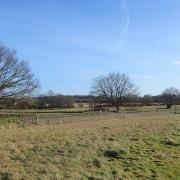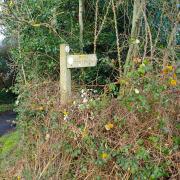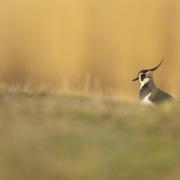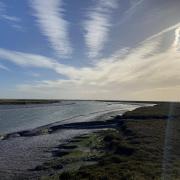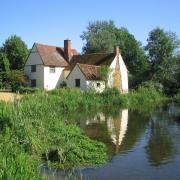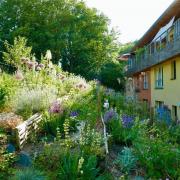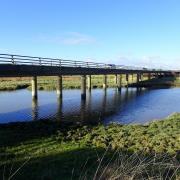Covering more than 100 hectares, Danbury Ridge provides a refuge for a range of species to thrive, adapt and cope with a changing climate. It is here, in this land of woodland, common, heath, grassland, streams, bogs and dells, that nature has a home. Woodlands are an important part of the Danbury Ridge nature complex. They form a green lung in the community, and an oasis for wildlife.
Across the landscape, butterflies flutter through the tree canopies, while colonies of wood ants work busily on their dome-shaped mounds. In springtime, the sweet perfume of lily-of-the-valley fills the trees, with drooping white bell-shaped buds. These are all indicators of ancient woodlands.


Elusive and scarce barbastelle bats with their flattened pug-like faces and dark, silky fur forage through the woodlands on the lookout for moths, midges and beetles. Lesser spotted woodpecker, the rarest of Britain’s woodpeckers, nest within the trees. Adorable dormice, when they’re not hibernating safely in their woven nests near the base of trees, climb throughout the woodland complex looking for hazelnuts, berries and insects. These species rely on nature networks for safe travel from one habitat to another, in order to survive.

Bat conservation
In partnership with Essex Wildlife Trust, Natural England and the Bat Conservation Trust, Essex Bat Group have been studying barbastelle bats throughout the Danbury complex. Research has shown these special species utilise the network of woodlands and nearby streams. These bats are one of the rarest mammals in the country, so this is an important hotspot for the endangered creatures.
Did you know: You can adopt a barbastelle bat and help protect their vital habitat. Get your adoption pack at essexwt.org.uk/adopt-species
Keeping nature connected
Sadly, Fir Tree Wood in Little Baddow, near Danbury, is under threat of being sold and divided into plots. Just a stone’s throw away from the ever-growing urban environment surrounding Chelmsford and Maldon, there is a risk that this enchanting woodland will be degraded, and restrictions introduced for both people and wildlife.
Essex is one of the most over-developed counties in the UK and our landscape is becoming increasingly fragmented by being broken up, fenced off and built upon. Wildlife needs habitats to be connected to find food, shelter and to help them become more resilient in the face of climate change.
In Essex Wildlife Trust’s hands, Fir Tree Wood will become a new nature reserve: a key piece in the jigsaw of habitats collectively known as the Danbury Ridge. Together, Danbury Ridge will become one of the largest woodland complexes in Essex, and essential for nature recovery in Essex. Please help us raise £200,000 to protect the future of this beautiful woodland in the heart of Essex. To donate, visit essexwt.org.uk/fir-tree-wood




